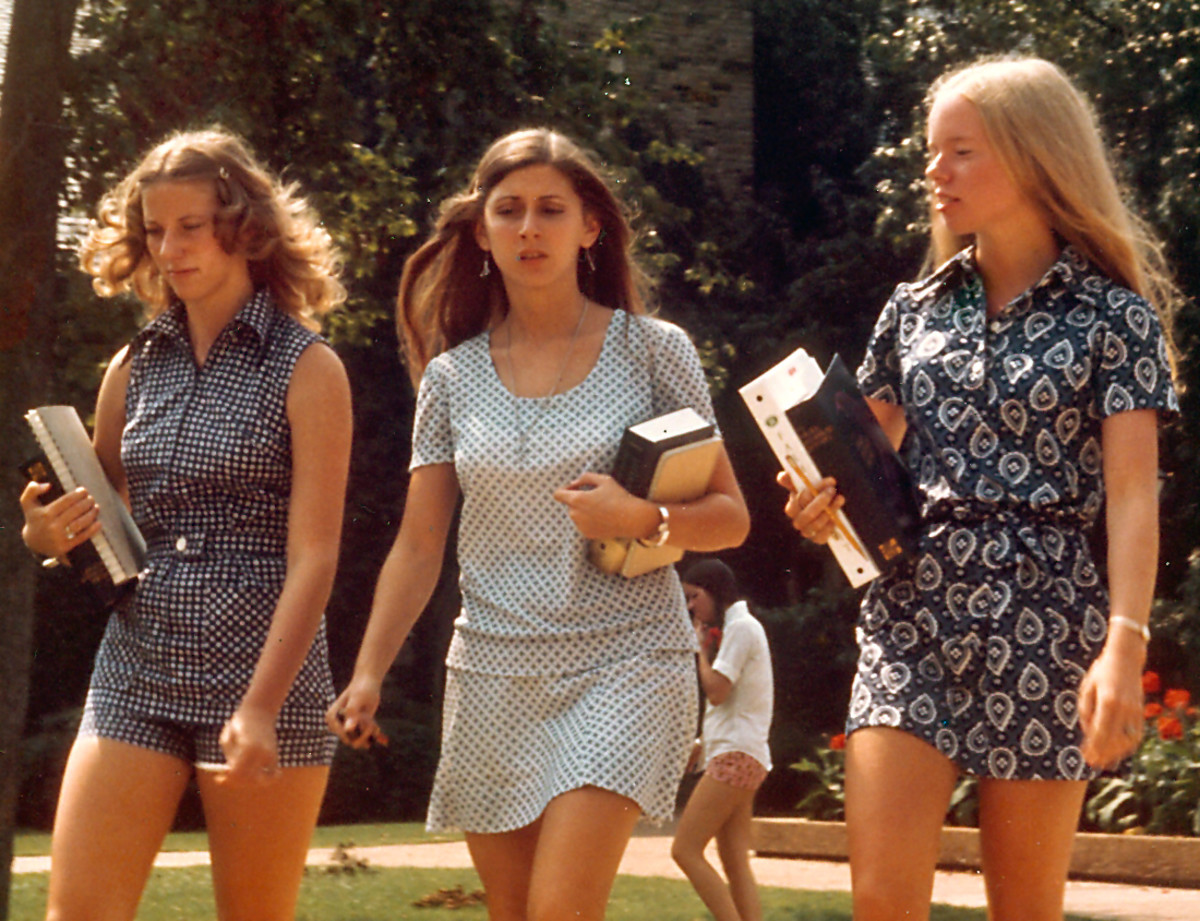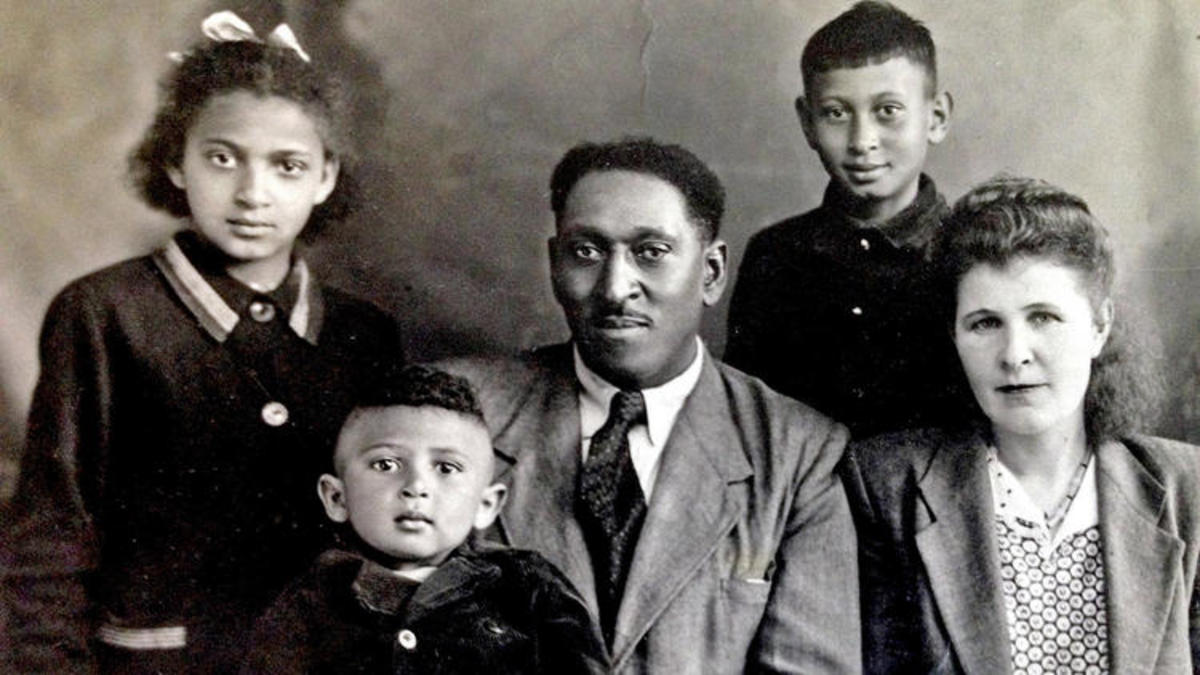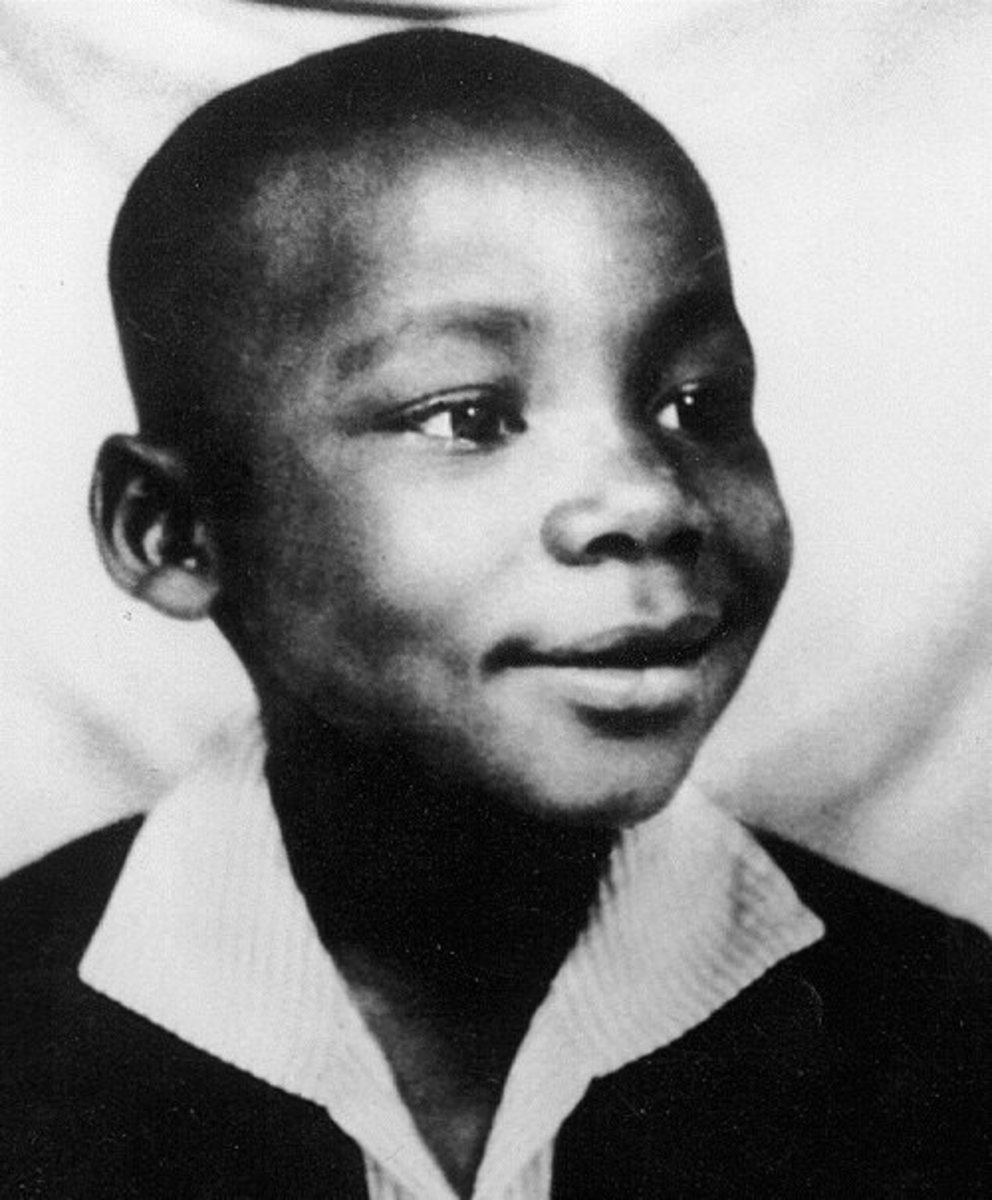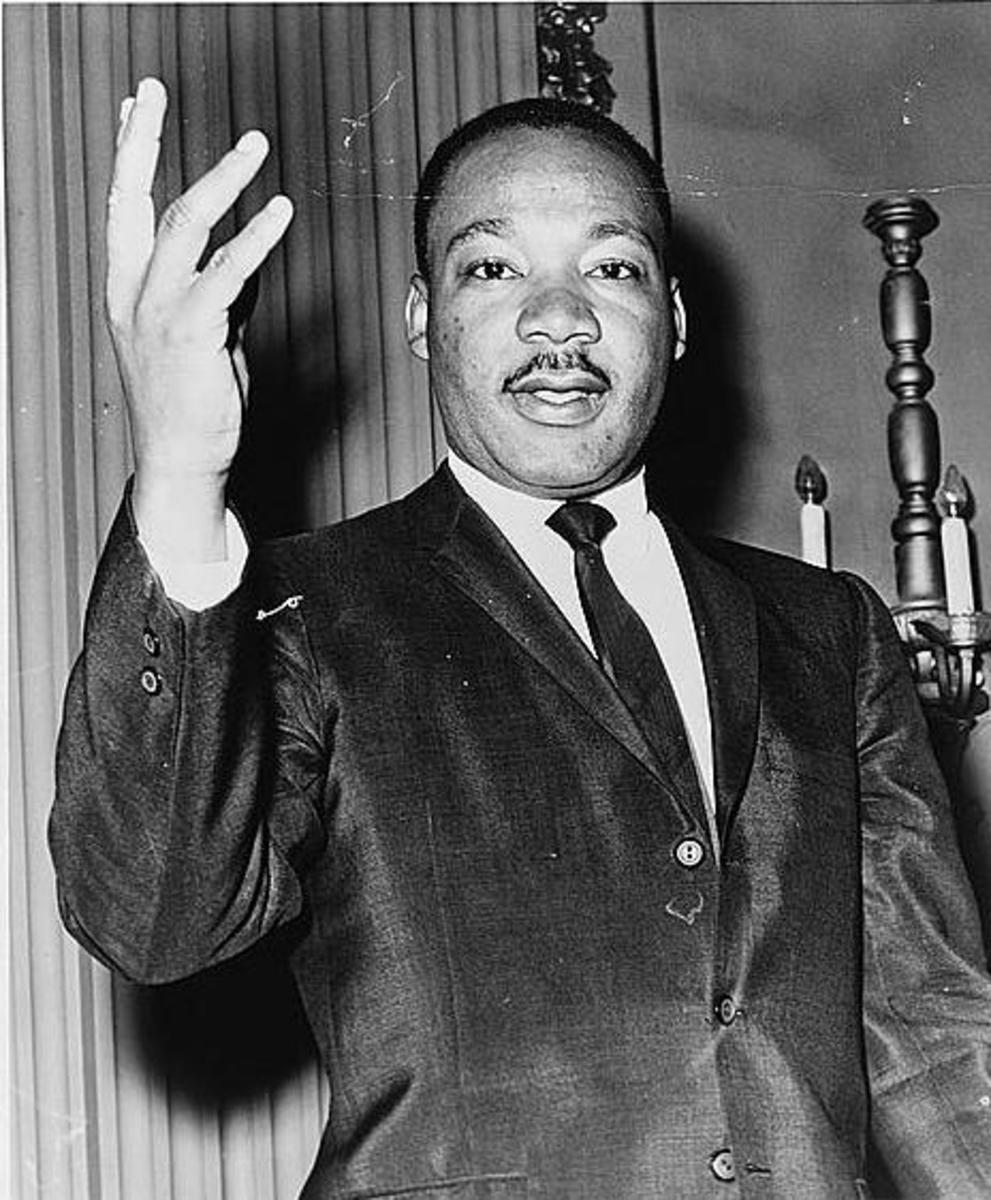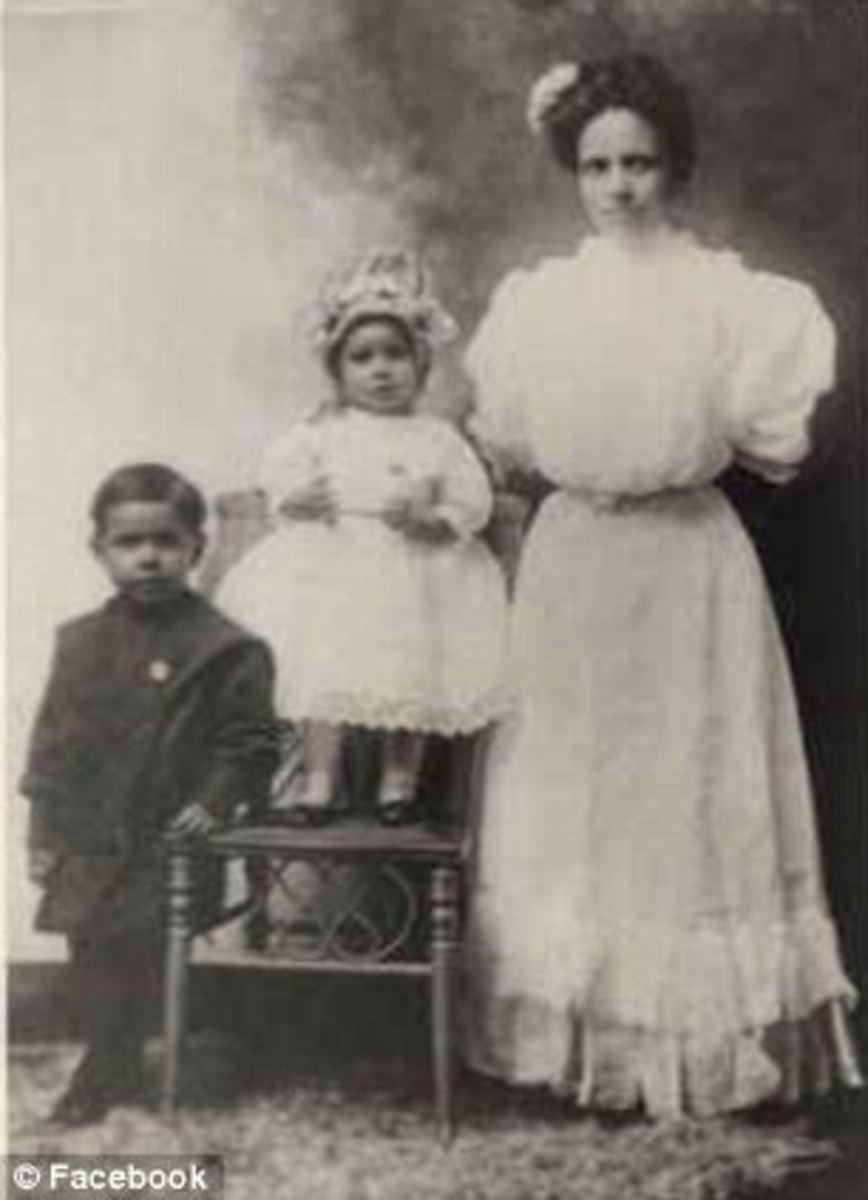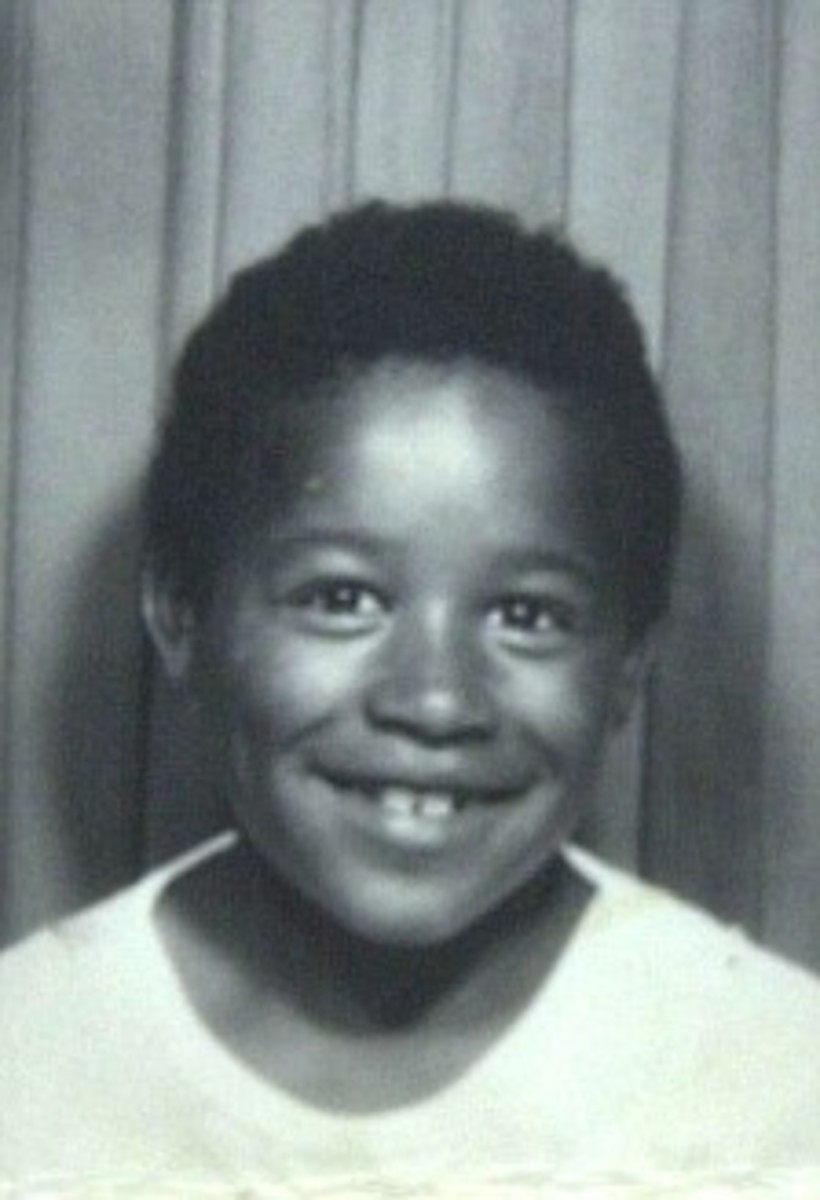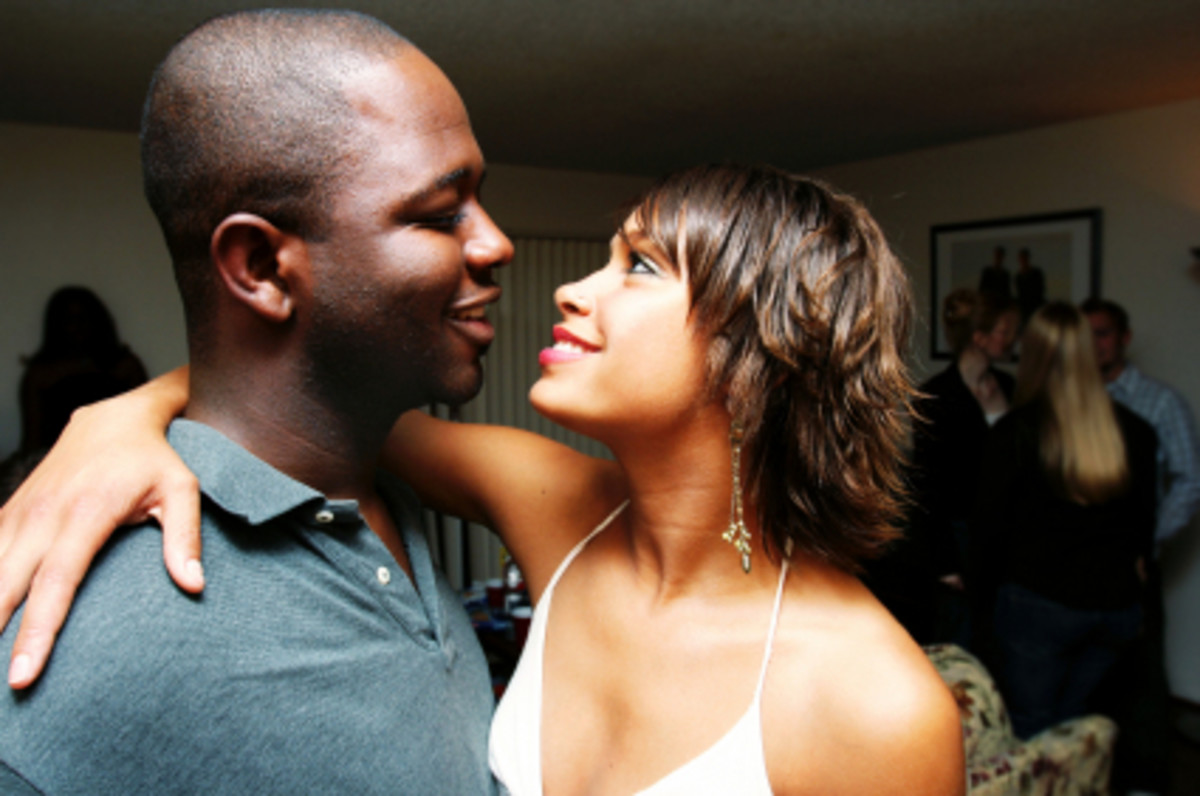Racial Discrimination in the South
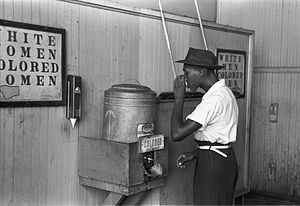
Abraham Lincoln
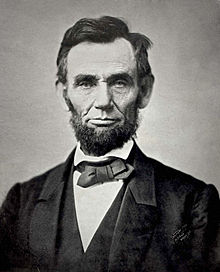
Discrimination is the unfair treatment of a person or group on the basis of prejudice and without regard to individual merit. I grew up in the South, and I can tell you the Negro was certainly made to feel like a second rate citizen. Even as a child, I knew in my heart this was wrong.
I can’t help but be reminded of Abraham Lincoln and his concerns about slavery in the United States. His efforts toward the abolition of slavery include issuing his Emancipation Proclamation in 1863, encouraging the states to outlaw slavery, and helping push through Congress the 13th. Amendment to the United States Constitution, which finally freed all the slaves nationwide in December 1865.
Even though the slaves were legally freed, it took the Southern states many years to finally treat the Negro with the respect he deserved, and to correct the many problems of years of discrimination.
The National Association for the Advancement of Colored People (NAACP) is a civil rights organization that was formed in 1909. It’s purpose is to eliminate racial discrimination.
Dr. Martin Luther King, Jr.
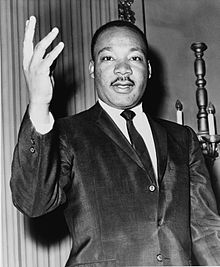
Dr. Martin Luther King, Jr. Had a Dream
For the purpose of this article I will refer to the race of Negroes by that name. I would not want to offend anyone by this word usage; therefore, I went to Wikipedia to find the proper way to address the “black man”. I am told: “The word “Negro” is used in the English-speaking world to refer to a person of black ancestry or appearance."Negro" superseded "colored” as the most polite terminology, at a time when "black" was more offensive.
One well-known example is the identification by Dr. Martin Luther King, Jr. of his own race as 'Negro' in his famous 1963 speech, I Have a Dream.
Wikipedia further explains: “Since the late 1960s, various other terms have been more widespread in popular usage. These include "black", "Black African”, "Afro-American” (in use from the late 1960s to 1990) and "African American". The United States Census Bureau announced that "Negro" would be included on the 2010 United States Census, alongside "Black" and "African-American" because some older black Americans still self-identify with the term.
When I was a child we referred to the black person as “colored”. Segregation was a way of life where I grew up in South Carolina in the ‘40’s and ‘50’s. It was accepted. We had separate churches and schools. Even cemeteries were segregated. In my town there is a Negro cemetery. It is no longer used, but it is a reminder of wrongful discrimination.
I Was Taught To Respect The Negroes
I was taught by my Daddy to respect the Negroes. I was told not to ever be rude in any way, because as he said, “They are God’s children, too.” I was not allowed to play with the little black children. No white child was. I wondered about that because the Negroes were allowed to work in our homes. They picked cotton alongside the rest of us. We never had servants in my home because we did all our own work. I had a friend who was “better off” than we were. Her family had a Negro lady who came to clean and do the laundry, and the maid's two little children played in the yard while their Mother worked. Her children were not allowed inside the house.
After the work day was over, the maids returned to their homes. It was a common sight to see a Negro lady walking along the dirt road with a huge ball of laundry balanced on her head. She would be taking her white lady’s laundry home to be done at her house. The women usually walked or rode the bus back to their part of town. They had to ride in the back of the bus. They were not allowed to sit with the white passengers. I would ride the bus to go into town some 20 miles away on Saturdays to go to the movie theater. I would see a double feature, usually with Roy Roger, the “King of the Cowboys”. The bus station had large signs to advise which was the “black” waiting room and the separate “white” waiting room.
The drinking fountains around town were segregated. The Negroes had theirs and we had ours. They were plainly marked as such.
Public bathrooms had separate facilities for the whites and for the blacks.
My first job as a teenager was at Woolworth’s Five and Dime Store. I worked at the lunch counter. Negroes were not allowed to eat at the lunch counter.
The Negroes lived in their own part of town. The little three room wooden house I grew up in was in good repair, thanks to my Daddy. The yard was clean and free of litter. The Negroes lived in run-down shacks with rusty tin roofs. Tires were hung from the trees to make swings for the children.
They shopped in our general stores, but we “white folks” never shopped in theirs. My childhood curiosity would loved to have seen their merchandise!
It was unheard of for young people to date anyone of the opposite race. Of course there were no interracial marriages, either.
Hospital Wards And Patients Were Segragated
I graduated from High School in the mid 40’s and left my country home for the city to go to school. I graduated with a degree in Medical Technology. The first hospital I worked in was a small 50 bed facility with no blood bank. We had a list of blood donors we would call whenever we had a patient who needed a transfusion. We kept a list of white donors and a separate list of Negro donors. We were not allowed to give white patients black blood, however; we could give the black patients white blood. There was a belief back then that Sickle Cell Anemia, a disease that only black people got, could be passed to a white person. This is a potentially fatal disease. We know now that is not true.
The beds in the hospital were segregated. Back then we had “wards” that held up to eight patient beds. The hospital wards were segregated.
A Negro Teacher Was Frowned Upon In Florida In 1965
The years went by. I married and had four children. My husband graduated from Veterinary School, and we moved to Florida in 1965. At that time most of the people who lived in Florida were natives and were brought up to believe in segregation. Thanks to Dr. Martin Luther King and the Civil Rights Movement in 1967 most schools had been peacefully integrated, but there were still a lot of people who held on to their old beliefs about the Negro being inferior.
I remember very well when the principal of our neighborhood elementary school hired a Negro teacher with a strong background in music and the arts. A majority of the parents were livid and threatened to take their children out of that school. Some of the parents came to his defense and wanted to give him a chance. He stayed at the school for 15 years, and I can thank him for teaching my four children love of music and drama. He still lives in our area, and is well respected and loved.
"Guess Who Is Coming For Dinner?"
In 1967 the movie, “Guess Who Is Coming for Dinner?” was released. A rich white girl falls in love with a black doctor while attending Harvard. Katherine Hepburn and Spencer Tracey play her parents who have to deal with this unpleasant situation. It won multiple Academy Awards that year, and has always been a favorite of mine.
It Is Wrong To Discriminate Against Anyone
Laws have been passed to protect the Negro against discrimination in jobs, schools, and housing. I am grateful for that. I still think about the way we discriminated against the Negro in the South. After all these years, I would personally like to apologize for the way we Southerners treated the Negro.
We should teach our children that it is very wrong to discriminate against anyone: No matter what race, creed or color.
Let's Teach Our Children To Be Tolerant And To Love Others
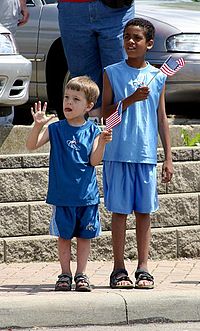
Listen To The Words Of This Song "You've Got to be Taught How To Hate"
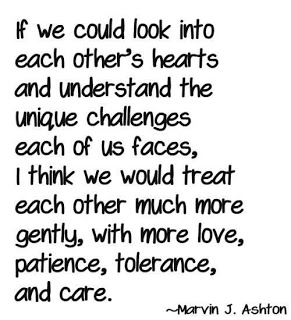
Listen To Dr. Martin Luther King's Speech
A great Hub by Peggy W with more information about the Slaves obtaining their freedom
- Juneteenth Meaning & Charles Criner Art Posters from Heidelberg Printing Presses
See fine art by celebrated artist Charles Criner & how he helps spread the word about the importance of June 19th each year with special posters printed especially for him to share with others.
A Great Hub By micheletravis On Discrimination
I invite you to read my other articles about growing up in the South. Just follow the links below. If you like my articles, please comment on them and let me know. Thanks.
- Picking Cotton By Hand In The South
I have wonderful memories of picking cotton in the deep south. These memories were rekindled after buying a sprig of cotton.
Do you believe there is still racial discrimination in the United States?
© 2013 Mary Hyatt




